
A resident of Hohhot, capital of the Inner Mongolia autonomous region, takes a nucleic acid test on Tuesday after new COVID-19 cases emerged in the city. (PROVIDED TO CHINA DAILY)
Surging COVID-19 infections have been reported in some areas of the Inner Mongolia and Xinjiang Uygur autonomous regions, prompting local authorities to further tighten control measures to cut transmission chains during the just-concluded weeklong National Day holiday.
At least 10 prefecture-level areas in Inner Mongolia have been hit by a new round of COVID-19 cases which first emerged on Sept 28 in Hohhot, and the region reported 13 locally transmitted confirmed COVID-19 cases and 661 asymptomatic carriers on Thursday, further aggravating the region's epidemic situation, according to the regional health commission on Friday.
As of Thursday, it had reported 381 local confirmed cases and 1,554 asymptomatic carriers since Sept 28, with most cases — including a 3-day-old infant — being in Hohhot, the commission said.
"The current outbreak in Hohhot involved the Omicron subvariant BF.7, which is more infectious and transmissible, so it's easy to bring about large-scale transmission," Xiao Fang, vice-mayor of Hohhot, said at a news conference on Friday.
This is the first outbreak on the mainland involving the subvariant, local health authorities said. Cases involving the strain have been rising in Europe and the United States. The new BF.7 strain is reportedly more contagious and immune evasive.
"At present, the city is facing a severe and complex epidemic situation, with rapid caseload growth and sporadic cases in multiple places," Xiao said.
More medical personnel and facilities have been allocated to ensure treatment and quarantines. The city has increased the number of designated hospitals and has begun using makeshift hospitals, Xiao added.
The city will strengthen its management at the community level starting on Saturday, the first workday after the seven-day National Day holiday, according to the city government.
With sporadic cases, some urban areas and counties in Ulaanhot and Hulunbuir started temporary static management on Friday and carried out mass nucleic acid testing.
More infections have also been reported in Xinjiang. The region reported 96 local asymptomatic carriers on Thursday, including 45 in Urumqi, the region's health commission said on Friday.
As of Thursday, there were 506 asymptomatic carriers in the region, it said.
"The transmission chain and risk sources of the latest outbreak have not been completely cut off nor effectively controlled, and the epidemic has rebounded in some urban areas," Mayor Mamat Kadir said at a news conference on Thursday.
The latest surge in infections is due to the highly transmissible nature of the Omicron subvariant, he said.
A lack of understanding about transmission characteristics, inaccurate implementation of epidemic prevention measures and subpar quarantine control measures are also responsible, he added.
The official said the city will put in place different measures in accordance with local conditions to contain the outbreak, adding that the city has required residents in high-risk areas to stay at home while calling for residents in medium-risk areas to stay in their residential communities.
Stricter epidemic control measures have been implemented in low-risk areas.
Infection clusters have occurred in residential communities and cross-infections have been found in urban areas and are spreading to other areas outside Xinjiang, he added.
There have been increased caseloads of infections in Inner Mongolia, Xinjiang and other provincial regions during the weeklong National Day holiday.
This has led to many cities working harder to more effectively curb the spread of the contagion after the holiday.
For example, Beijing has asked residents returning to the capital after the National Day holiday to have a negative nucleic acid test result obtained within 48 hours, as well as a green health code.
After arrival, all should take a nucleic acid test twice within three days and those who work in Beijing should obtain a 48-hour negative nucleic acid test result before returning to their workplaces.











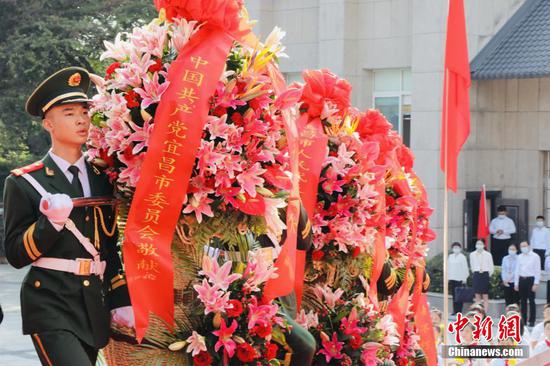
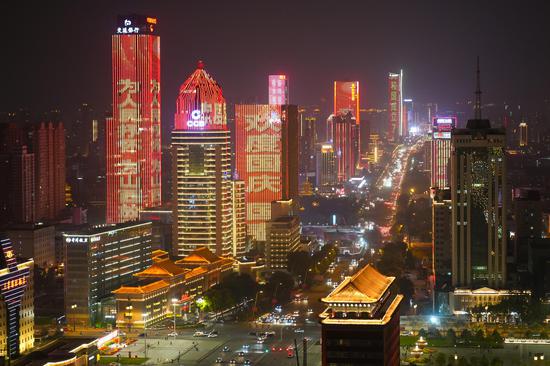





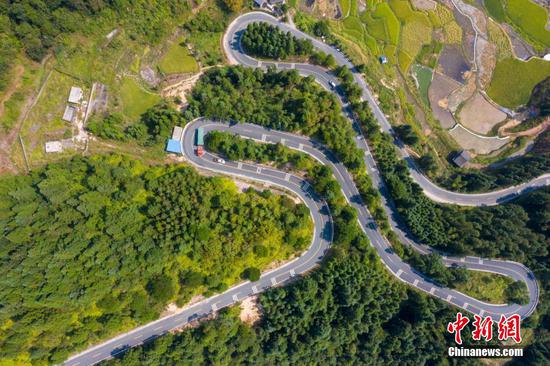




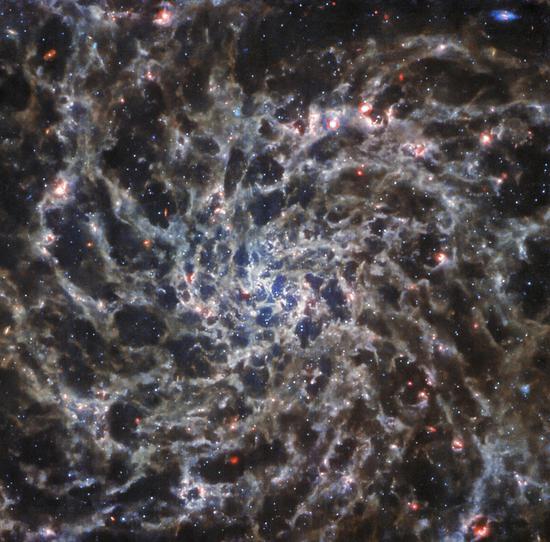

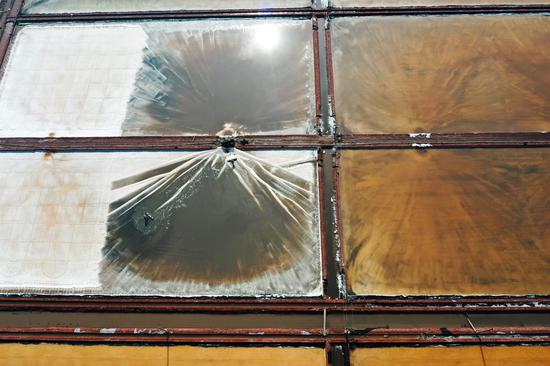
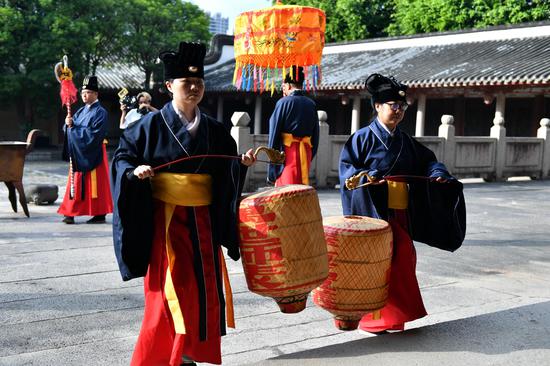

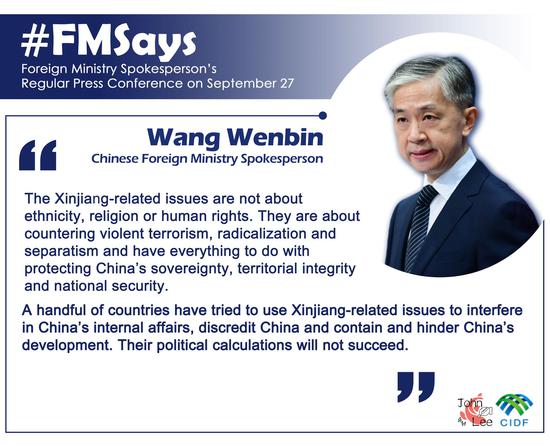

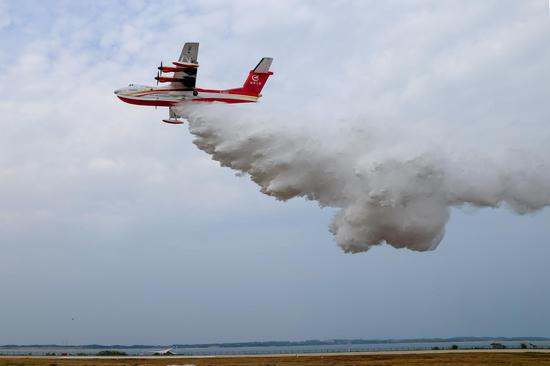
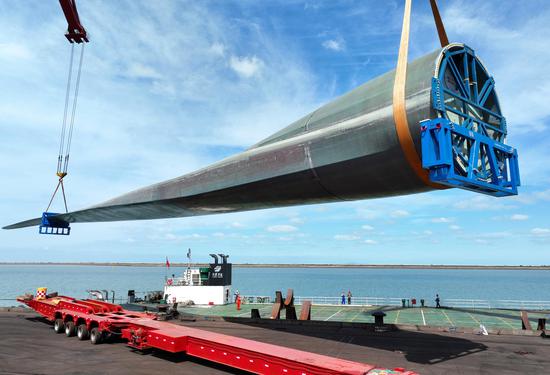

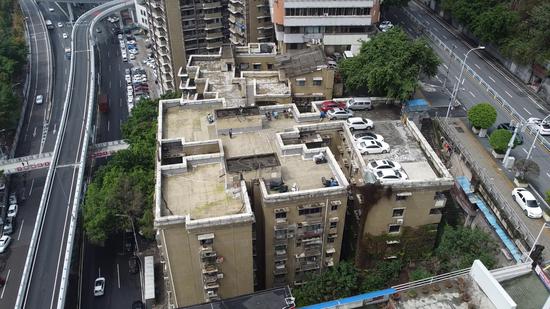
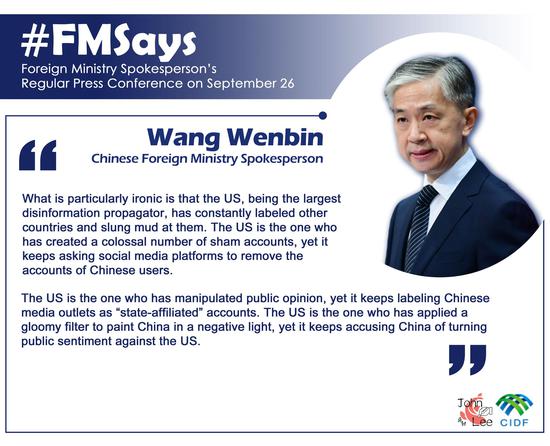
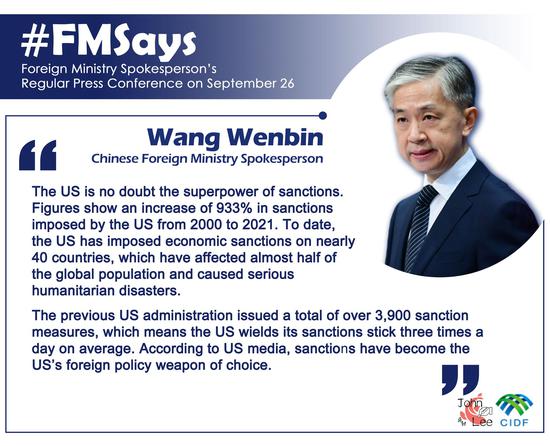

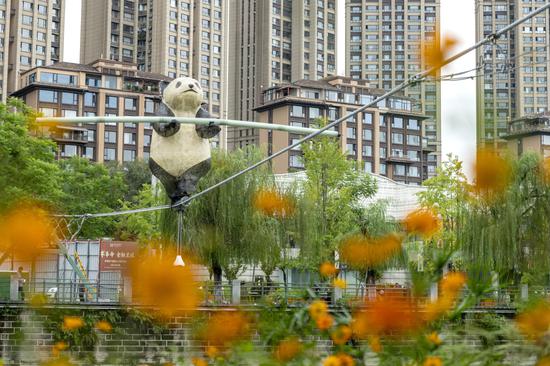


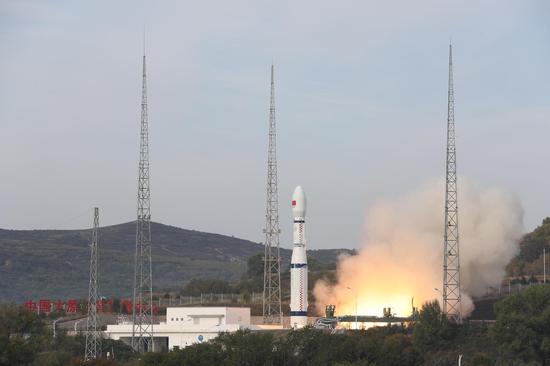


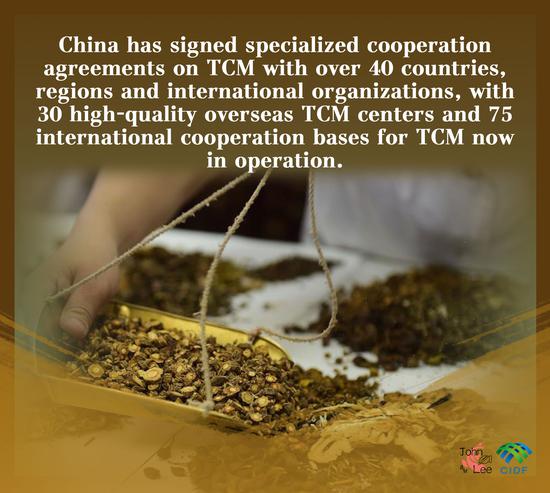




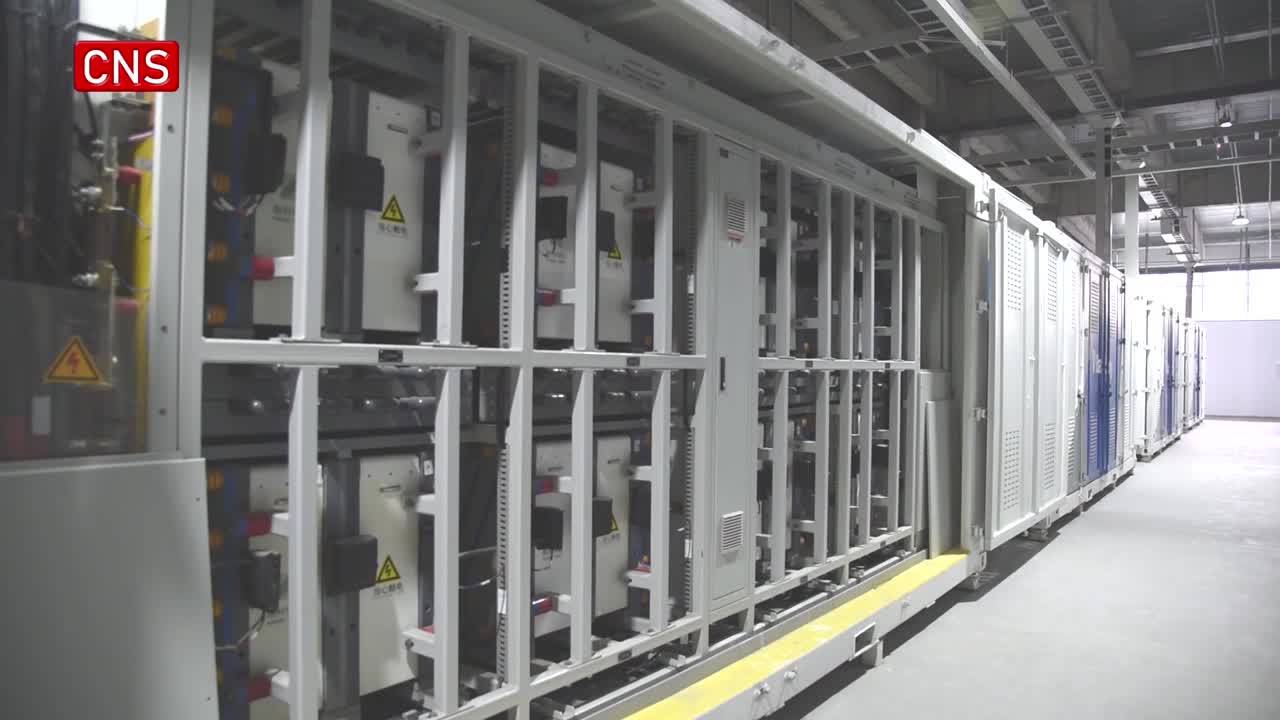

 京公网安备 11010202009201号
京公网安备 11010202009201号